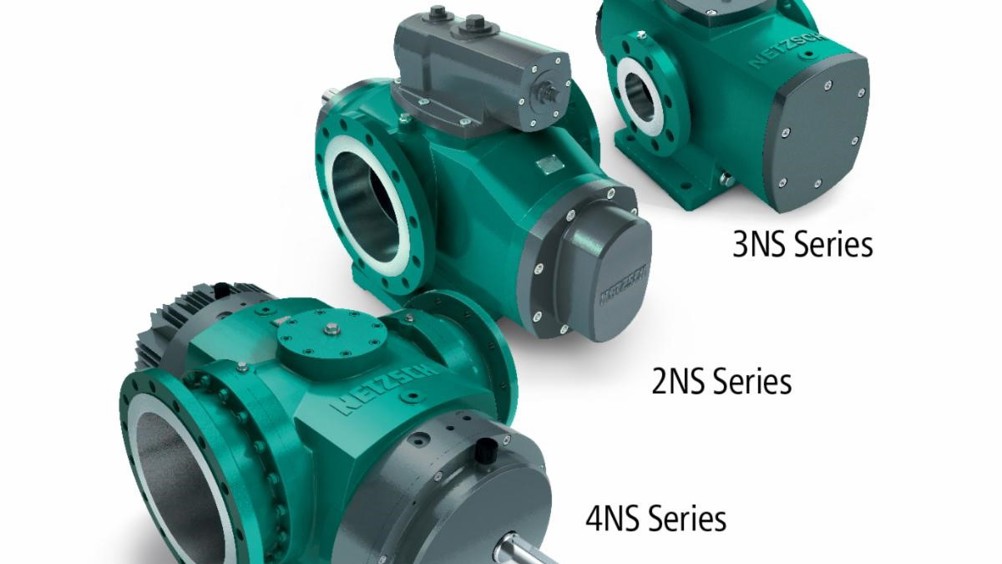BLURB FOR ONLINE PUBLICATIONS
Dewatering and dredging specialist Integrated Pump Rental has come a long way since launching in 2015, so its rebranding as IPR is not a moment too soon. Managing director Lee Vine highlights how IPR now also sells new products and engineers custom solutions. The company’s flexibility and responsiveness, however, remains as its strategic focus.
MEDIA RELEASE – 12-09-2022
IPR RAISED REBRANDED FLAG AT ELECTRA MINING 2022
After seven successful years of growth and evolution, pumping specialist Integrated Pump Rental has rebranding as IPR.
Announcing the rebranding at the popular Electra Mining Africa 2022 show in Johannesburg, IPR managing director Lee Vine says the fresh new look reflects the company’s expanded range of offerings. It has made a solid name for itself as a rental operation in dewatering and dredging – having significantly grown its rental fleet over the years.
This rental success has led to a move towards selling pump solutions where this made sense to the customer’s particular operating conditions. By prioritising the total cost of ownership, IPR is able to offer the most cost effective choice between renting and purchasing.
“In responding to customer needs, we have also naturally evolved into the manufacture of custom pump sets for specific applications,” says Vine. “With our extensive experience and engineering expertise, this was a logical step which our new brand can now embrace.”
He emphasises that IPR boasts the same expert team that customers have relied upon, and continues to deliver their well-known standards of service excellence. As the sole agent in southern Africa for Sykes diesel-driven pump sets, IPR also deals with various global pump brands including Grindex, Flygt, Godwin and Atlas Copco.
“Among the products that we have developed locally – to great acclaim in the local market – are the SlurrySucker and SlurryBlaster,” he says. “These are designed for dredging silted-up ponds and for removing accumulation of slurry and sediments on dam walls and inside dams.”
He credits hard work from the IPR team as the force behind becoming synonymous with pump dewatering and dredging solutions across industries, especially in challenging conditions. Existing customers as well as the broader marketplace today recognise the company as IPR, so it was appropriate to update its branding and launch a new look.
The vision, he explains, continues to be aimed at becoming the leading pump dewatering and dredging specialist – with a focus on assisting customers to reduce their total cost of ownership.
“Our ability to be agile and flexible is underpinned by our in-depth understanding that these pumping applications need quick and dependable solutions,” says Vine. “This has always been what we are all about, and this remains IPR’s commitment to the market.”
CAPTIONS
IPR PIC 01 : After seven successful years of growth and evolution, pumping specialist Integrated Pump Rental has rebranding as IPR.
IPR PIC 02 : The rebranding from Integrated Pump Rental to IPR was announced at Electra Mining Africa 2022.
IPR PIC 03 : IPR launched its fresh new look at Electra Mining Africa 2022.
IPR PIC 04 : IPR showcased both its new logo and its products at Electra Mining Africa 2022.
IPR PIC 05 : The name IPR is synonymous with pump dewatering and dredging solutions across industries.
IPR PIC 06 : A view of the SlurrySucker with accessories including pump flotation devices.
IPR PIC 07 : IPR successfully launched its rebranding at Electra Mining Africa 2022.
Hashtags
#roundtheclockdewatering
#hasslefreedewatering
#submersiblepumps
#dewateringpumps
#dewatering
Contact information
On behalf of IPR
LinkedIn : https://www.linkedin.com/company/integrated-pump-renta-/?viewAsMember=true
Facebook : https://www.facebook.com/IntegratedPumpRental/
Instagram : https://www.instagram.com/ipumprental/
From Coralynne & Associates
Twitter : Coralynne_Assoc
LinkedIn : Coral-Lynn Fraser-Campbell












